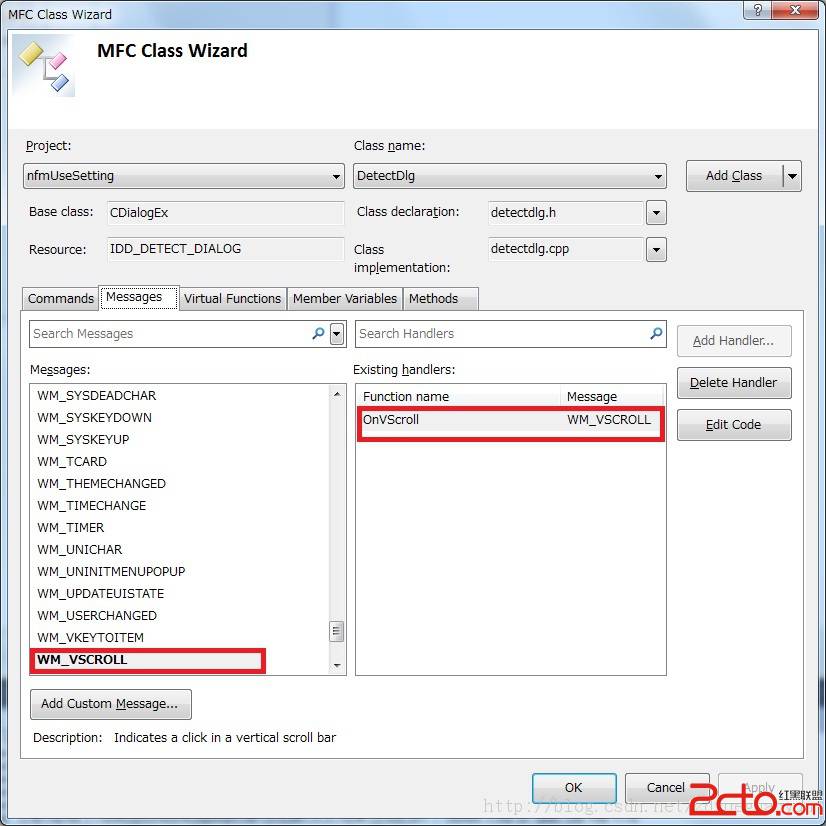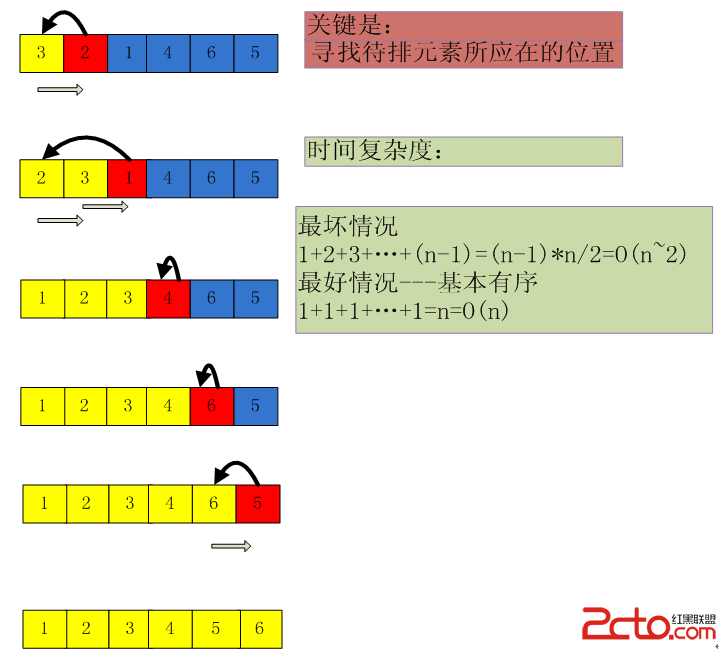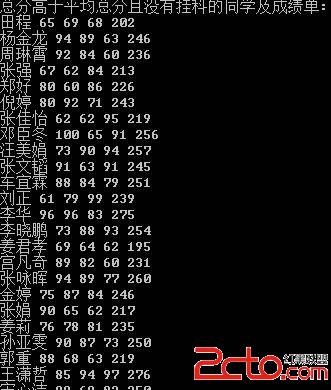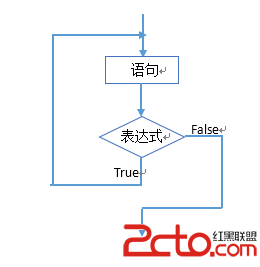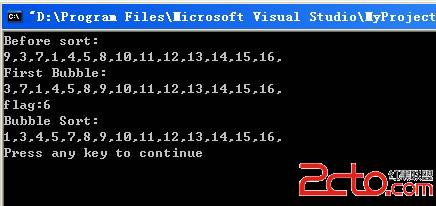一步一步写算法(之大数计算)
【 声明:版权所有,欢迎转载,请勿用于商业用途。 联系信箱:feixiaoxing @163.com】
我们知道在x86的32位cpu上面,int表示32位,如果核算成整数的话,大约是40多亿。同样,如果在64位cpu上面,能表示的最大整数就是64位二进制,表示的数值要大得多。那么在32位如果想表示大整数怎么办呢?那只能靠我们自己想办法了。
首先我们回顾一下我们手算整数的加减、乘除法是怎么做到的:
(1)记住9*9之间的乘法口诀
(2)记住个位与个位之间的加减法
(3)所有乘法用加法和左移位表示,所有的减法用减法和右移位表示
明白上面的道理之后,我们就可以自己手动写一个大整数的加法了:
int* big_int_add(int src1[], int length1, int src2[], int length2)
{
int* dest = NULL;
int length;
int index;
int smaller;
int prefix = 0;
if(NULL == src1 || 0 >= length1 || NULL == src2 || 0 >= length2)
return NULL;
length = length1 > length2 ? (length1 + 1) : (length2 + 1);
dest = (int*)malloc(sizeof(int) * length);
assert(NULL != dest);
memset(dest, 0, sizeof(int) * length);
smaller = (length2 < length1) ? length2 : length1;
for(index = 0; index < smaller; index ++)
dest[index] = src1[index] + src2[index];
if(length1 > length2){
for(; index < length1; index++)
dest[index] = src1[index];
}else{
for(; index < length2; index++)
dest[index] = src2[index];
}
for(index = 0; index < length; index ++){
dest[index] += prefix;
prefix = dest[index] / 10;
dest[index] %= 10;
}
return dest;
}
int* big_int_add(int src1[], int length1, int src2[], int length2)
{
int* dest = NULL;
int length;
int index;
int smaller;
int prefix = 0;
if(NULL == src1 || 0 >= length1 || NULL == src2 || 0 >= length2)
return NULL;
length = length1 > length2 ? (length1 + 1) : (length2 + 1);
dest = (int*)malloc(sizeof(int) * length);
assert(NULL != dest);
memset(dest, 0, sizeof(int) * length);
smaller = (length2 < length1) ? length2 : length1;
for(index = 0; index < smaller; index ++)
dest[index] = src1[index] + src2[index];
if(length1 > length2){
for(; index < length1; index++)
dest[index] = src1[index];
}else{
for(; index < length2; index++)
dest[index] = src2[index];
}
for(index = 0; index < length; index ++){
dest[index] += prefix;
prefix = dest[index] / 10;
dest[index] %= 10;
}
return dest;
} 上面算法最大的特点就是:计算的时候没有考虑10进制,等到所有结果出来之后开始对每一位进行进制处理。
讨论:
看到上面的算法之后,大家可以考虑一下:
(1)减法应该怎么写呢?
(2)乘法呢?除法呢?
补充:软件开发 , C语言 ,
